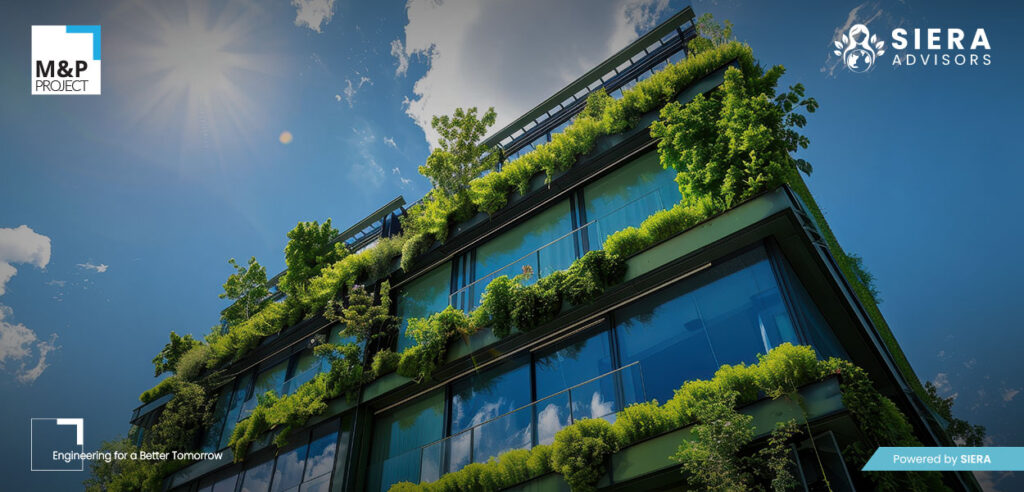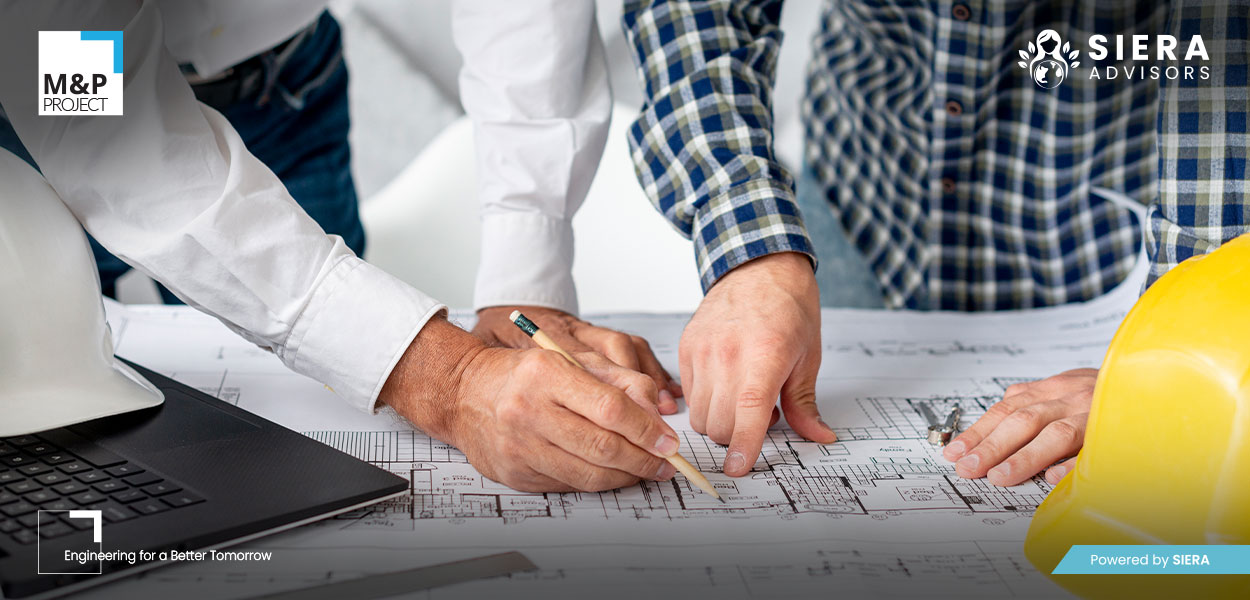Driven by stricter regulations and the increasing need for environmentally friendly solutions, the construction industry is at the beginning of a profound change. Sustainable construction is emerging as a viable solution for the future due to its focus on reducing social, economic and environmental impact.
Sustainable building practices not only conserve valuable resources, but also reduce energy consumption, minimise waste and contribute to a cleaner and more resilient built environment.
However, as industry leaders strive to overcome ESG challenges through their business operations, they need a more in-depth understanding of sustainable construction that they can trust. Let's take a look at some of the most effective practices that have revolutionised the construction industry and had a positive impact on its environmental footprint.
- Lean Construction
While innovations in renewable energy sources and recycled materials have helped to reduce emissions from traditional processes, lean construction focuses on optimising logistical processes at every stage of a construction project.
It is a holistic and collaborative approach that requires all players in the supply chain - from architects to contractors and suppliers - to work closely together.
By minimising delays and optimising the use of resources, this method significantly reduces waste and inefficiencies, improves the overall value of construction projects and reduces their environmental impact.
- Prefabricated and modular construction
Another leading approach in sustainable construction is prefabricated and modular construction. Here, innovative manufacturing techniques are used to produce components or modules of a building in an external factory.
This approach reduces on-site emissions and waste and contributes to a more environmentally friendly project, as much of the construction process takes place in a closed, controlled environment.
Prefabricated buildings emit 37 % less carbon dioxide than traditionally built houses.
- Circular economy in the construction industry
The circular economy in construction is an emerging practice that takes a cradle-to-cradle approach to building materials. The aim is to close the material loop by focussing on the reduction, reuse and recycling of resources over the entire life cycle of a building.
The circular economy also promotes the use of recyclable and upgradable building materials that can be reused at the end of a building's life. By developing structures that are easy to dismantle and reuse, this practice helps to reduce construction waste and promote the sustainable use of materials.
Unlike traditional methods, where waste ends up in landfill, circular construction encourages the reuse of materials and components such as bricks, timber and steel in new projects. This reduces the need for new materials, conserves natural resources and minimises environmental impact.
- Building Information Modelling (BIM)
Building Information Modelling (BIM) is a powerful tool for increasing the efficiency of construction projects, especially in the planning and design phase. BIM uses digital models to simulate and optimise every aspect of a building's life cycle - from planning and material procurement to scheduling and energy consumption.
BIM enables all project participants, such as architects, contractors and engineers, to work together in real time, reducing errors and making the construction process more efficient.
This method minimises waste in the project, shortens delays and ensures that the end product meets sustainability targets. Thanks to the improved logistical clarity, BIM also increases the cost efficiency of projects.

- Energy-efficient building planning
Energy-efficient building design is one of the cornerstones of sustainable construction. By integrating strategies such as high-performance insulation, energy-efficient windows and natural ventilation systems, green buildings minimise the need for energy-intensive heating and cooling systems.
Passive design strategies such as maximising natural light and orienting buildings to make optimum use of solar energy also reduce dependence on artificial lighting and external energy sources.
- Sustainable water management
Techniques such as rainwater harvesting, grey water recycling and the use of water-saving fittings help to minimise water wastage in buildings. Rainwater harvesting systems collect and store water for non-potable uses such as irrigation or toilet flushing, while grey water recycling treats and reuses water from sinks, showers and washing machines.
These systems reduce the need for fresh water, conserve valuable natural resources and minimise pollution of local water bodies.
- Environmentally friendly construction techniques
Eco-friendly construction refers to methods that minimise the environmental footprint of construction projects during the building phase. These practices include sustainable construction methods such as earth-sheltered buildings, which are partially built into the ground to utilise natural insulation, or rammed earth construction, which uses locally sourced earth to create long-lasting, low-carbon walls.
These techniques also contribute to the overall sustainability of the project by reducing the need for energy-intensive materials such as concrete and steel. - Sustainable choice of location
Choosing the right location is a decisive factor for sustainable construction. The redevelopment of brownfield sites or building on previously developed land prevents the further consumption of natural habitats and agricultural land.
This practice not only minimises environmental impact, but also contributes to the revitalisation of residential areas and reduces urban sprawl. In addition, sustainable siting takes into account factors such as solar radiation, wind conditions and water flow to maximise a building's energy efficiency and minimise its environmental footprint.

The future of the industry lies in sustainable construction
These innovative processes have the potential to transform the construction industry into a more sustainable sector. However, the road to green building is not yet fully paved. From regulatory differences to legal and cultural aspects, practitioners face a multitude of issues before they can adopt sustainable construction practices.
For this reason, ICP, together with SIERA Academy, is organising the seminar "Building in existing buildings" in Schwetzingen. Our panel of experts will provide insights into the challenges faced by practitioners of sustainable construction and stimulate a productive discussion on the feasibility of building in existing buildings.
Join the discussion and together we can bring the construction industry one step closer to the European goal of CO2 neutrality.

